Google Maps unveils new AR experiences for Parisian landmarks just in time for the Olympics

Just in time for the Olympics, Google Maps has introduced new augmented reality (AR) features that allow users to explore iconic Parisian landmarks in innovative and immersive ways. These AR experiences are directly accessible within the Google Maps app, providing a unique way to engage with historical sites and monuments.
To access these AR features, users simply need to search for a location in Google Maps that offers AR content. Once the location is found, they can tap on the "AR Experience" icon and raise their device to view the augmented reality content through Lens in Maps. This feature allows users to visualize and interact with landmarks as if they were physically present, providing a richer and more engaging experience.
These historical recreations are made possible through collaborations with Google Arts & Culture and Ubisoft, ensuring that the representations are accurate and informative. Interactive info cards are also available, providing users with additional details about the history and cultural significance of each landmark.
The AR experiences in Google Maps are not limited to the 1900s. Later this summer, users will be able to journey even further back in time to the 18th century. They will have the opportunity to visit Notre-Dame Cathedral and its surroundings as it existed in 1789, explore a 3D recreation of the Bastille Saint-Antoine prior to the French Revolution, and tour the Palais des Tuileries before its demolition.
These immersive historical experiences are accessible to all Google Maps users, regardless of their location. Even if users are not physically present at the landmark, they can still view and interact with the AR content through Street View. This accessibility opens up new possibilities for education and exploration, allowing users to learn about and appreciate historical sites from anywhere in the world.
The integration of AR into Google Maps is a significant step forward in how we interact with and learn about the world around us. By combining technology with historical content, Google Maps is transforming the way we explore and understand our cultural heritage. The new AR features are expected to be a hit with both tourists and locals alike, offering a fresh and engaging way to discover and experience Parisian landmarks.
Google plans to expand its AR offerings in the future, so users can look forward to even more immersive and interactive experiences within Google Maps. As AR technology continues to advance, we can expect to see even more innovative and exciting ways to explore and learn about the world through our smartphones.
One of the most exciting aspects of these AR experiences is the ability to travel back in time and witness historical events and structures that no longer exist. For example, users can transport themselves to the 1900s and see the architectural concepts for the Eiffel Tower that were never realized, or explore the Exposition Universelle country pavilions that were temporarily built along the Seine for the 1900s World Fair.
AR experience of Eiffel Tower via Street View | Video credit — Google
The AR experiences in Google Maps are not limited to the 1900s. Later this summer, users will be able to journey even further back in time to the 18th century. They will have the opportunity to visit Notre-Dame Cathedral and its surroundings as it existed in 1789, explore a 3D recreation of the Bastille Saint-Antoine prior to the French Revolution, and tour the Palais des Tuileries before its demolition.
Google plans to expand its AR offerings in the future, so users can look forward to even more immersive and interactive experiences within Google Maps. As AR technology continues to advance, we can expect to see even more innovative and exciting ways to explore and learn about the world through our smartphones.

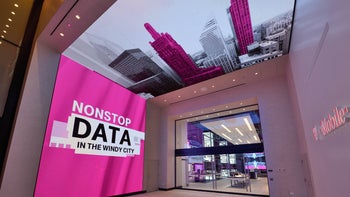
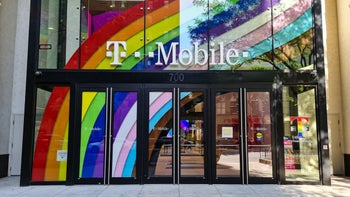
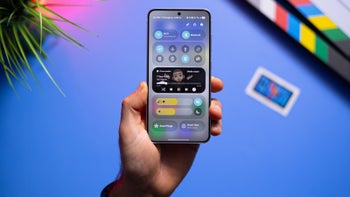

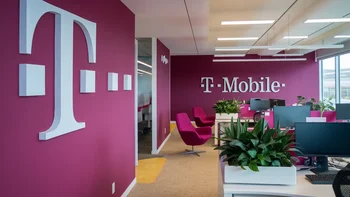






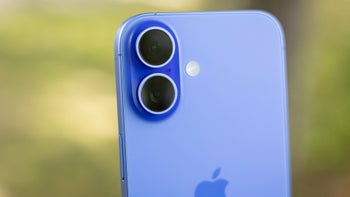
Things that are NOT allowed: